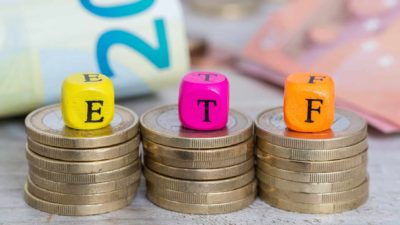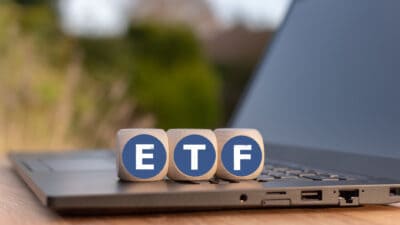The Asian economy is huge and billions of people live there. So it stands to reason that businesses that succeed there can tap into the very large addressable market. We can gain access to that through Asian shares.
According to the Asian Development Bank, GDP in the Asian region will expand by 5.2% in 2022 and 5.3% in 2023 on continued recovery in domestic demand and solid exports. Inflation will rise to 3.7% in 2022 and 3.1% in 2023.
There are two different ways to try to get exposure to the Asian economy on the ASX. We can look at ASX shares that generate some profit from Asia, such as Blackmores Limited (ASX: BKL), A2 Milk Company Ltd (ASX: A2M) or Domino's Pizza Enterprises Ltd. (ASX: DMP) as just a few examples.
However, we can also indirectly invest in Asian businesses through exchange-traded funds (ETFs) that own Asian shares, like the two outlined below.
Vanguard FTSE Asia Ex-Japan Shares Index (ASX: VAE)
This ETF is provided by Vanguard, one of the world's largest asset managers that aims to provide investment funds at a cheap cost. The VAE ETF has an annual management fee of 0.40%.
It is invested in around 1,500 Asian shares that are listed in Asia, outside of Japan, Australia and New Zealand.
The following countries are represented in the portfolio: China, Taiwan, India, South Korea, Hong Kong, Singapore, Thailand, Indonesia, Malaysia and the Philippines.
While there are well over a thousand holdings in the ETF, there are some positions that have the biggest allocations because of their relative size: Taiwan Semiconductor Manufacturing, Samsung Electronics, Tencent, Alibaba, Reliance Industries, AIA Group, Meituan, Infosys, China Construction Bank and Hong Kong Exchanges & Clearing.
Has it done well? Looking at the five years of performance to April 2022, the net return was an average of 6% per annum, with 2.6% per annum of that coming from distributions.
Betashares Asia Technology Tigers ETF (ASX: ASIA)
The ASIA ETF is a more specialised investment than the VAE ETF.
It's about the 50 biggest Asian technology shares in Asia, outside of Japan. The tech sector can be a high-performing industry when there is a combination of revenue growth and high profit margins.
Some of the holdings include Tencent, Alibaba, Samsung, Taiwan Semiconductor Manufacturer, Meituan, Infosys, JD.com, Pinduoduo, Netease and SK Hynix.
Betashares says that "due to its younger, tech-savvy population, Asia is surpassing the West in terms of technological adoption and the sector is anticipated to remain a growth sector."
This ETF costs a bit more, with an annual management fee of 0.67%.
The country allocation is focused on three to four places – China (51.4% of the portfolio), Taiwan (22.2%), South Korea (18.7%) and India (7.2%).
Just like other technology investments, the ASIA ETF has seen declines this year. It's down by more than 30% in 2022.
In the five years to May 2022, the index that Betashares Asia Technology Tigers ETF tracks has returned an average of 8.5% per annum.








